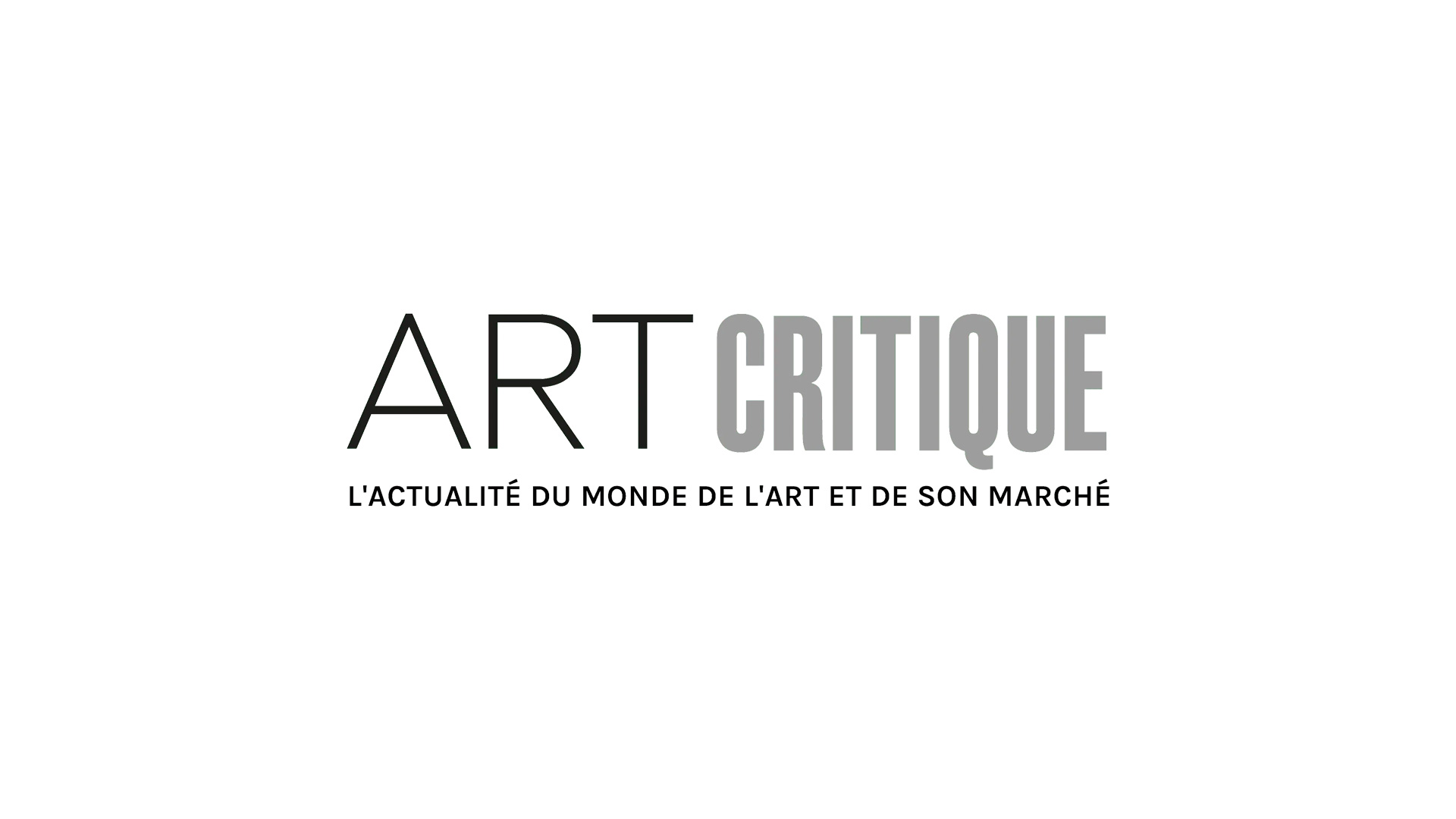As we begin to move into warmer, more outdoorsy months, so too does the artistic life of our cities shift gears. Outdoor performances, street musicians, and seasonal installations are all bound to return in full force soon enough. One of the most distinctive outdoors art practices has already come out of hibernation—graffiti. And no location in Montréal radiates with the nuanced vibrancy of graffiti and mural work quite so much as the picturesque Tunnel de Rouen.
The Tunnel de Rouen is an overpass situated on Rouen Street in the area of Hochelaga, industrial train tracks running overtop it with apartment buildings and stores dotting either end of the short tunnel. Adorning every inch of the overpass, from wall to ceiling, are vivid murals and tags that call out to every passerby. As one of the only legal tagging locations across all of Montréal, it’s a hotspot for artists and taggers across the city throughout the warmer parts of the year. Painters line the sidewalks throughout most of the day, music blaring from speakers, drink cans at the ready, and supplies strewn across the concrete studio and canvas.

An inspiring piece of the city’s rich artistic tapestry, Tunnel de Rouen is an injection of brightness amidst the rather flat urban aesthetic that surrounds it. It is a cultural staple of the community of Hochelaga, and while neighbouring development projects have seemed at one time or another to encroach on the ability for artists to freely use this space, it has thankfully held strongly as a legal graffiti wall. Every new chunk of concrete built near the tunnel is quickly christened with a new face.
Montréal has a prominent relationship with public art, easily noticed with one walk around the city. Although Tunnel de Rouen may be one of the only legal free-for-all spaces, entire buildings are adorned with poignant murals all across the city. Saint-Laurent is an especially vibrant collection of pieces, making it no wonder that Mural Fest is held along that busy street every summer, vendors lining the shutdown streets and artists working on new pieces all along the stretch.

The nature of the pieces in the Tunnel de Rouen is as varied as could be—from stunningly realistic portraits to glitteringly bombastic tags; from representations of iconic cartoons to messages of hope, determination, and solidarity. It’s one of the simplest indicators of just how culturally diverse and rich the practice is for anyone who may turn their nose up at the idea of graffiti. It’s not only the Banksys of the world who are throwing up meaningful works in public spaces.
There is something incredibly special about Tunnel de Rouen that speaks to the essence of the medium. It combines the impact of large-scale graffiti, something that stares outward with such feelings of permanence, with the infinite transience of time. Some pieces only last days, maybe weeks, in Montréal’s devoted graffiti tunnel. The walls are an ever-shifting gallery, painted over each other again and again, making for new discoveries every day of the week. If you’re lucky, you can find a crumbled panel from the tunnel, the weight of countless works having brought it down, and showing layer upon colourful layer of passion that created this artifact. In the Tunnel de Rouen art is forever, but not forever.





